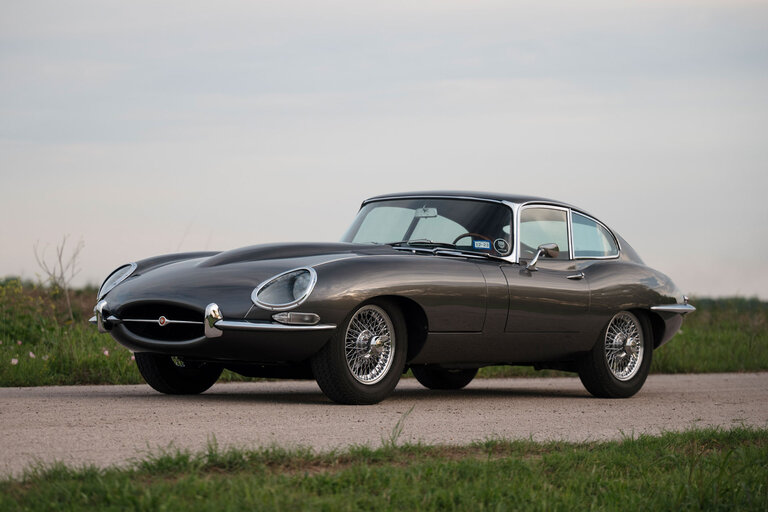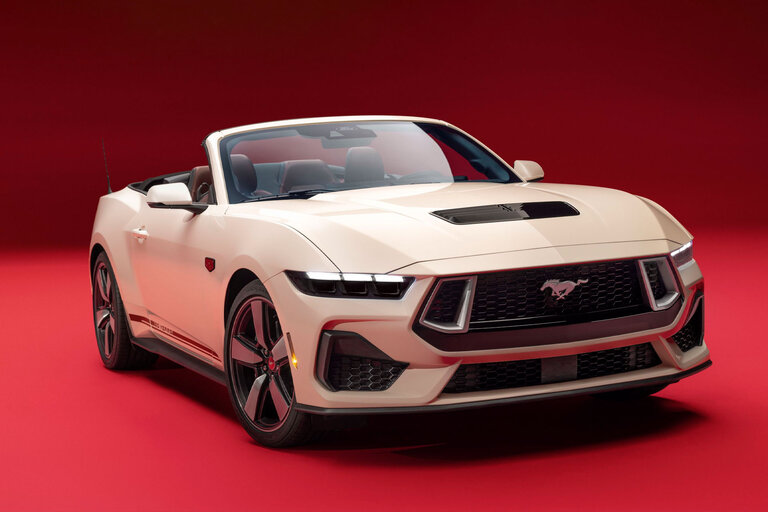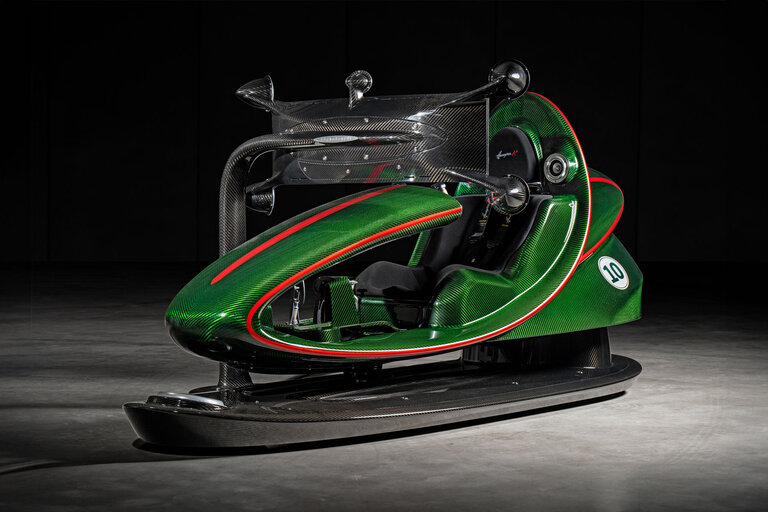
Does car insurance cover natural disasters? If you have full coverage, which includes comprehensive and collision insurance, then your policy should cover natural disasters. However, depending on your insurance provider, they may have special limitations or requirements to follow when filing a claim after a natural disaster.
Does Car Insurance Cover Natural Disasters?
Your level of car insurance coverage will determine whether or not your vehicle is covered from natural disaster damages. As long as you have full coverage, which includes comprehensive and collision, before the natural disaster, you are likely covered. A natural disaster can lead to costly vehicle damages. A hurricane can lead to flooding or wind damages. Hail can damage the exterior of your vehicle. Even heavy rains can cause water damage, all of which can be expensive to repair.
Even if your policy covers natural disasters, some may have special conditions involved. It is always a good idea to evaluate your coverage, especially if you live in an area that is at risk of natural disasters. Additionally, many companies place a temporary hold on adding coverage when a natural disaster is likely. Once this restriction is in place, you won’t be able to make any changes to your policy until the risk is over.
Your insurance company may also have other limitations, including:
- They may require you to file your claim within a certain period of time.
- They may require that the damages occur during a specific time period.
- They may have a claims process that is different than that of a traditional claim.
- Payment may take longer since many people are likely to be filing a claim at the same time.
It is important to follow the requirements set by your insurance company. These requirements may be different than the ones for a traditional claim.
What Does Full Coverage Insurance Include?
Full coverage is usually an insurance policy with comprehensive and collision coverage. Collision covers damages to your vehicle due to an accident. While liability, which is the state minimum level of coverage, will also cover repairs in an accident, it usually only covers them if you are not at fault for the accident. Collision covers your repairs, even if you are at fault.
Comprehensive covers damage not related to an accident. This might include:
- Vandalism.
- Theft.
- Fire.
- Falling objects.
- Civil disruptions.
- Natural disaster.
Comprehensive coverage usually covers damages that are not included in other categories, like a natural disaster. According to The Balance, this could include floods, wildfires, hurricanes, earthquakes, hailstorms, sinkholes, landslides, and mudslides. It also often includes damages from animals, like deer or birds. The unique thing about comprehensive coverage is that it covers damages even if you’re not driving at the time.
How to Determine If You Need Full Coverage
Unless you have full coverage, your insurance will likely not cover damages to your vehicle due to a natural disaster. While full coverage does cover natural disaster damages, it also comes with a higher cost. It can be difficult to decide if the added cost each month is worth the likelihood of a natural disaster. Ask yourself the following questions to determine if you need full coverage:
- How much is your vehicle worth? Is the added cost of full coverage worth it when compared to the value of your vehicle?
- Do you drive a lease or a vehicle with an auto loan? If you drive a lease or have an auto loan, the lender may require you to have full coverage.
- Do you plan on reselling your vehicle? Carrying full coverage is a good way to maintain the value of your vehicle, allowing you to get more for it when you’re ready to sell.
- Do you live in an at-risk area? Not only are some areas at a higher risk of natural disasters, but some cities have greater occurrences of theft or vandalism.
Full coverage on a vehicle can also cost more in states, or specific areas, that are at a greater risk of natural disasters. However, if you live in an area with a greater risk, it may make sense to consider full coverage.
How to File an Insurance Claim Following a Natural Disaster
If your vehicle is damaged in a natural disaster, you will need to file a claim. This includes the following steps:
- Notify your insurance company: You will need to notify your insurance company of the natural disaster-related damage as soon as possible.
- File a claim: You will likely need to fill out a form informing the insurance company of the extent of the damages, as well as how they occurred.
- Pay your deductible: Your deductible is the previously agreed-on amount you will pay out of pocket before the insurance company issues payment.
- Communicate with the adjuster: Your insurance company will assign an adjuster to your claim, who will take photographs of the damage and calculate the costs.
An increase in your insurance rates is possible after filing any claim, even one due to a natural disaster. But, the increase from a natural disaster is usually lower than other types of claims, like an at-fault accident. According to The Zebra, you can expect, on average, an increase of seven percent.
Natural disasters can also lead to minor damages. For example, a hailstorm may break your car’s windshield. You might wonder if the increase in insurance rates is worth the claim. When deciding whether or not to file an insurance claim, compare your deductible to the cost of repairs. Then, compare this cost difference to the likely increase in your auto rates. Some repairs may be more efficient to pay out of pocket.
If your insurance company increases your rates by a lot, you also have the option to shop around and choose a new provider. Even with a claim, you may find better rates.
Natural disasters can lead to thousands of dollars of vehicle damages. Full coverage insurance can cover some of these costs, but without comprehensive coverage, you may be left paying for repairs yourself.
Check this out if you need additional information, resources, or guidance on car insurance.
Sources:
Does Car Insurance Cover a Natural Disaster?
Natural disasters and their impact on car insurance
Will Comprehensive Claim Increase Insurance?
Car Insurance if You Lease vs. Buy: Everything You Need To Know
This content is created and maintained by a third party, and imported onto this page to help users provide their email addresses. You may be able to find more information about this and similar content at piano.io
Source link





